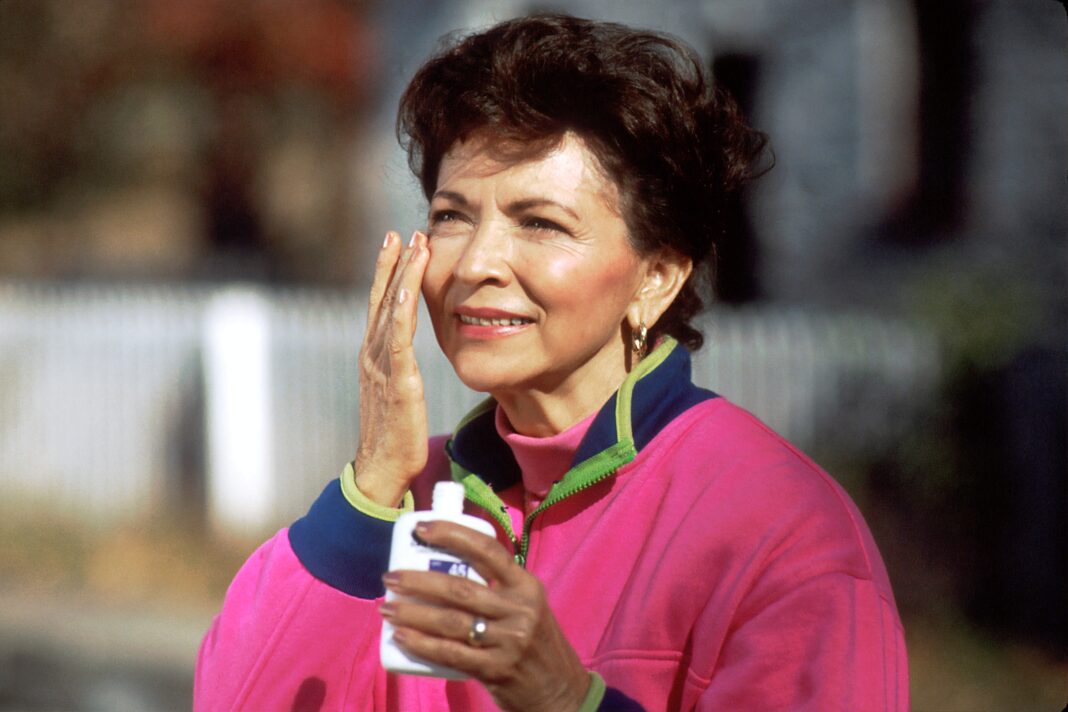Melanoma is one of the most severe types of skin cancer. It develops in melanocytes, which are cells that produce melanin. The melanin pigment imparts color to our skin. Apart from the skin, melanomas may occur in the intestines, eyes, or mouth. Further, they primarily occur on the legs in women and on the back in men.
Roughly 25% of these melanomas come from moles, and the primary cause of their development is exposure to ultraviolet radiation. Globally, new cases of melanoma were identified in 232,000 people in 2012. Moreover, the incidence is approximately 1.6 times higher in men than that in women, in the US.
A team of researchers from the University of Toledo College of Medicine and Life Sciences, in Toledo, Ohio, investigated if recent treatments for cutaneous melanoma (which affects the skin) were related to changes in trends for melanoma death rate among adults in the US.
Recently, melanoma drugs (ipilimumab, vemurafenib, dabrafenib mesylate, trametinib dimethyl sulfoxide, pembrolizumab, and nivolumab, among others.) approved by the US Food and Drug Administration (FDA) have caused remarkable improvements in the overall survival of patients in clinical trials. Thus, the researchers also determined whether these death rate trends displayed any temporal link with the approval of new agents by the FDA.
Navkirat and colleagues extracted population data from the Surveillance, Epidemiology, and End Results database. They analyzed the age-adjusted melanoma death rate trends in adult US patients from 1975 to 2019 retrospectively. Researchers also reviewed the timeline of drug approvals for melanoma treatment by the FDA. Data for sex, ethnicity, and race were collected to identify any discrepancy trends.
The article published in JAMA Network Open highlighted that the death rates increased from 1975 to 1988. However, the team observed a significant reduction in melanoma death rates in the US from 2013 to 2017 after the introduction of newer treatments in 2011. Moreover, the death rate reduced significantly from 2013 to 2017. Patients under 75 years were also living longer with melanoma, which supported the tolerance of these drugs and their successful implementation in the elderly population.
Navkirat mentioned that the trend of reduced melanoma death rates was temporally linked with the approval of novel and effective options for treatment by the FDA. Besides indicating the therapeutic benefits related to the accessibility of effective treatment options in the previous decade, the findings reinforce the sustained improvement of such therapies.
The use of a database that is generalizable to the US inhabitants, including older and socioeconomically underprivileged patients was a major advantage of this study. In addition to the high costs of these therapies, barriers to best care and approachability to treatments are challenges for patients in rural areas. Thus, treatment access problems should be taken into consideration, apart from the development of new agents by healthcare organizations.
References
Kahlon, N., Doddi, S., Yousif, R., Najib, S., Sheikh, T., Abuhelwa, Z., … & Hamouda, D. M. (2022). Melanoma Treatments and Mortality Rate Trends in the US, 1975 to 2019. JAMA Network Open, 5(12). 10.1001/jamanetworkopen.2022.4526
USCS Data Visualizations. (2019). CDC. https://gis.cdc.gov/Cancer/USCS/
Stewart, B.W., & Wild, C.P. (2014). IARC Publications Website – World Cancer Report 2014. https://publications.iarc.fr/Non-Series-Publications/World-Cancer-Reports/World-Cancer-Report-2014
Davis, L. E., Shalin, S. C., & Tackett, A. J. (2019). Current state of melanoma diagnosis and treatment. Cancer biology & therapy, 20(11), 1366-1379. https://doi.org/10.1080/15384047.2019.1640032
O’Neill, C. H., & Scoggins, C. R. (2019). Melanoma. Journal of surgical oncology, 120(5), 873-881. https://doi.org/10.1002/jso.25604
Picture from National Cancer Institute





